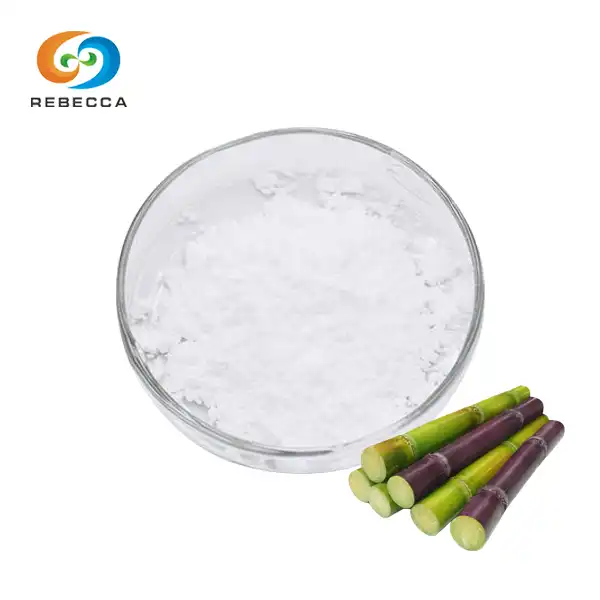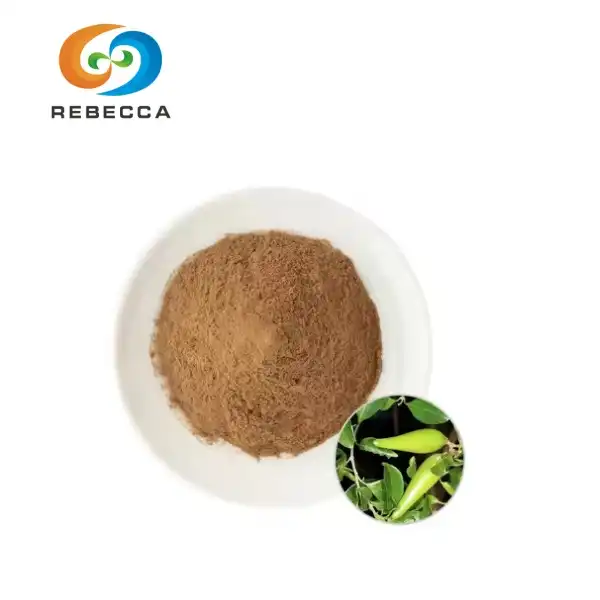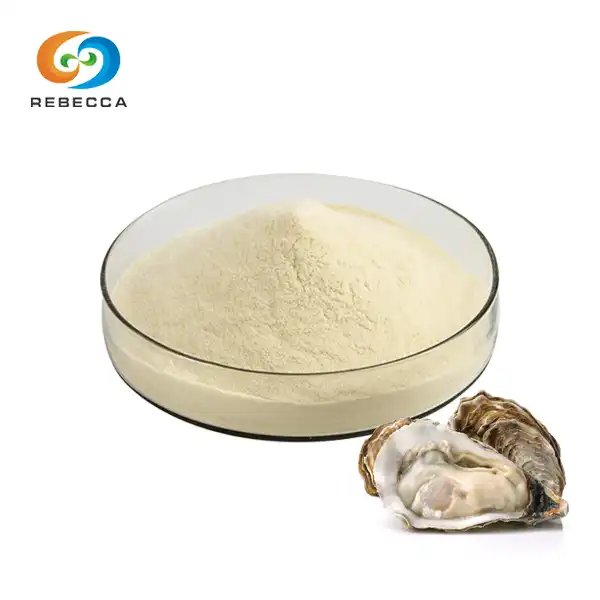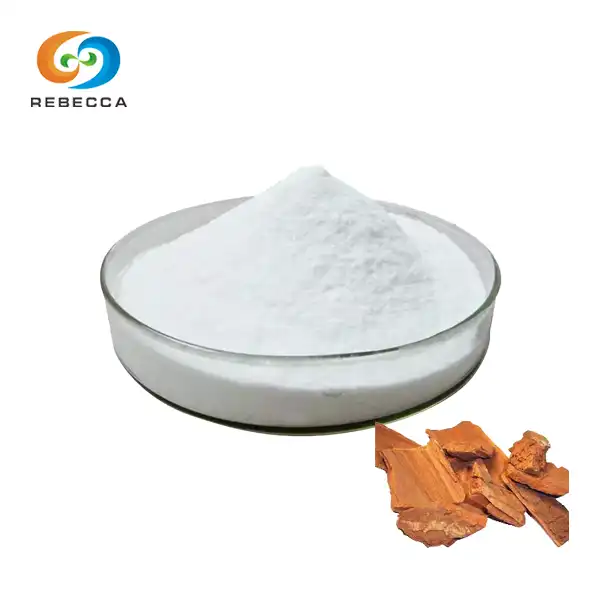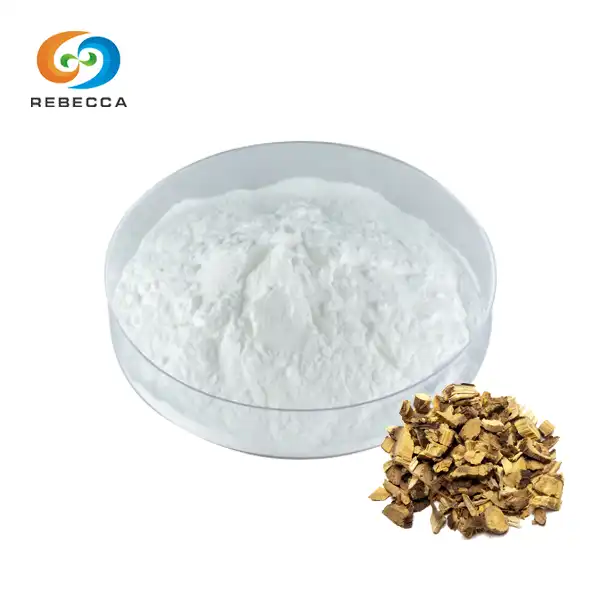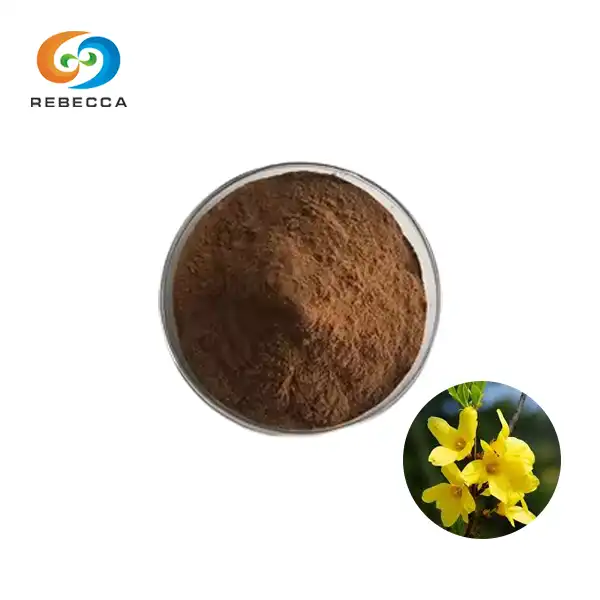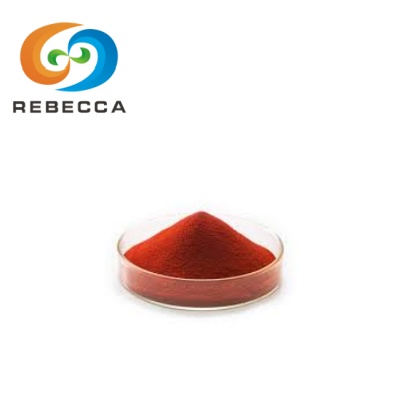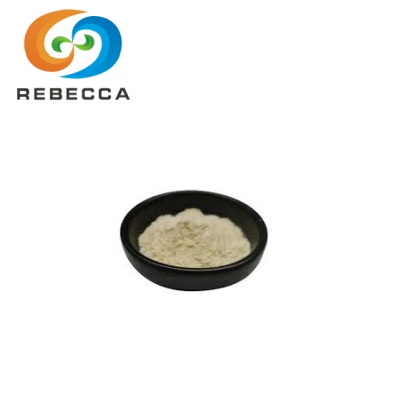What is the solubility of curcumin powder?
Understanding the solubility characteristics of curcumin powder represents one of the most critical aspects for anyone working with this compound, whether in research, pharmaceutical development, or nutraceutical applications. The golden-yellow spice that has colored Indian cuisine for millennia presents unique challenges when it comes to dissolution properties, challenges that have significant implications for bioavailability, formulation strategies, and therapeutic effectiveness.
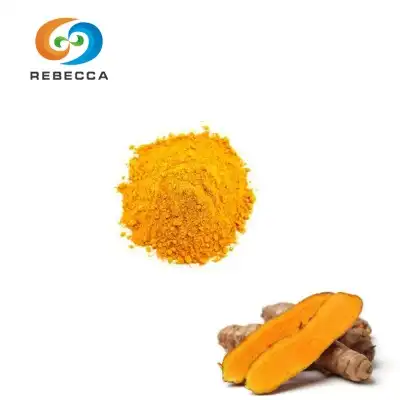
【English name】: Curcumin
【Latin Name】: Curcuma longa L.
【CAS No.】: 458-37-7
【Molecular Formula】: C21H20O6
【Active ingredients】: Curcumin, demethoxycurcumin, bisdemethoxycurcumin.
【Specification】: 10%~ 95% CP/EP/USP
【Use Part】 : Subterranean rhizome
【Appearance】: Orange yellow powder
【Mesh size】:80 Mesh
【Test Method】: HPLC
Solubility in Organic Solvents
The relationship between curcumin powder and organic solvents presents a fascinating study in molecular compatibility and dissolution dynamics. Unlike its poor performance in aqueous solutions, curcumin demonstrates remarkable solubility in various organic solvents, a characteristic that stems from its lipophilic molecular structure and the presence of multiple aromatic rings that interact favorably with organic solvent systems.
Ethanol stands out as one of the most practical and widely used solvents for curcumin dissolution. With a solubility of approximately 0.6 mg/mL in pure ethanol at room temperature, curcumin powder dissolves readily enough to create working solutions for most research and commercial applications. This solubility increases significantly with temperature, reaching levels that make ethanol an attractive choice for extraction processes and formulation development. The hydroxyl group in ethanol creates hydrogen bonding opportunities with curcumin's phenolic groups, while the ethyl portion provides the lipophilic environment that curcumin favors.
Methanol exhibits even better solubility characteristics for curcumin, with dissolution rates reaching approximately 1.8 mg/mL under standard conditions. This enhanced solubility makes methanol particularly valuable for analytical applications, including HPLC analysis and spectroscopic studies, where higher concentrations are needed for accurate measurements. However, methanol's toxicity limits its use in applications where human consumption or contact is a consideration, making it primarily suitable for research and analytical purposes.
Dimethyl sulfoxide, commonly known as DMSO, represents perhaps the most effective organic solvent for curcumin dissolution, achieving solubility levels exceeding 25 mg/mL at room temperature. This exceptional solubility makes DMSO invaluable for preparing stock solutions in research settings, particularly for cell culture studies where high concentrations are needed. The polar aprotic nature of DMSO allows it to interact effectively with both the polar and nonpolar regions of the curcumin molecule, creating an ideal dissolution environment.
Acetone and other ketone solvents demonstrate moderate to good solubility for curcumin powder, typically ranging from 0.5 to 2.0 mg/mL, depending on the specific ketone and temperature conditions. These solvents are particularly useful in extraction processes and purification procedures, where their volatility allows for easy removal after dissolution and manipulation of the curcumin.
Chloroform and other chlorinated solvents show excellent curcumin solubility, often exceeding 10 mg/mL, making them useful for specific analytical and research applications. However, the toxicity and environmental concerns associated with chlorinated solvents have limited their practical applications, particularly in commercial and therapeutic contexts.

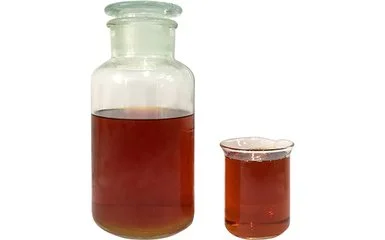
Factors Affecting Solubility
The solubility behavior of curcumin powder is influenced by a complex array of factors that extend far beyond simple solvent selection. Understanding these variables becomes crucial for anyone seeking to optimize curcumin dissolution for specific applications, whether in research protocols, manufacturing processes, or therapeutic formulations.
Temperature emerges as one of the most significant factors affecting curcumin solubility across all solvent systems. The relationship between temperature and dissolution follows thermodynamic principles, with higher temperatures generally increasing solubility by providing additional energy to overcome the intermolecular forces holding the curcumin molecules in their crystalline structure. For most organic solvents, a temperature increase from 25°C to 40°C can double or triple curcumin solubility, while further increases to 60°C can result in even more dramatic improvements. However, this temperature sensitivity requires careful balance, as curcumin begins to degrade at temperatures above 70°C, potentially compromising both quantity and quality of the dissolved compound.
The pH of the solvent system profoundly influences curcumin powder solubility, particularly in aqueous or mixed solvent systems. Curcumin exists in different ionization states depending on pH, with its phenolic groups capable of deprotonation under alkaline conditions. At pH levels above 8, curcumin solubility in water increases dramatically due to the formation of phenolate ions, which are significantly more water-soluble than the neutral curcumin molecule. Conversely, acidic conditions tend to maintain curcumin in its neutral, less water-soluble form, though this can be advantageous for stability purposes.
Particle size and surface area of curcumin powder directly impact dissolution rates and apparent solubility. Finer particle sizes create larger surface areas available for solvent interaction, leading to faster dissolution kinetics and sometimes higher apparent solubility due to reduced diffusion limitations. Micronization of curcumin powder can significantly improve dissolution characteristics, though it may also increase the risk of oxidation and degradation due to the increased surface area exposed to environmental factors.

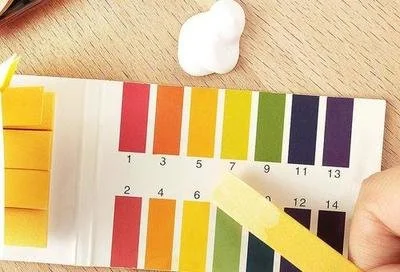
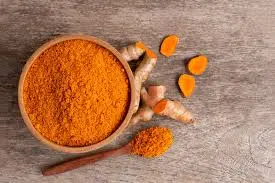
Practical Implications
The solubility characteristics of curcumin powder have far-reaching practical implications that extend across multiple industries and applications. Understanding these implications helps guide decision-making processes for researchers, manufacturers, and practitioners working with curcumin in various contexts.
In pharmaceutical and nutraceutical development, curcumin's poor water solubility has driven extensive research into bioavailability enhancement strategies. The limited aqueous solubility, typically less than 0.01 mg/mL in water at physiological pH, means that conventional oral dosage forms often result in poor absorption and limited therapeutic efficacy. This challenge has led to the development of numerous formulation approaches, including liposomal encapsulation, solid dispersions, complexation with cyclodextrins, and co-crystallization with other compounds to improve dissolution and absorption characteristics.

For analytical applications, the solubility properties of curcumin powder directly impact method development and analytical accuracy. HPLC analysis, the gold standard for curcumin quantification, requires careful solvent selection to achieve adequate dissolution while maintaining chromatographic performance. The choice between methanol, acetonitrile, or mixed solvent systems must balance solubility requirements with peak resolution, stability, and detection sensitivity. Sample preparation protocols must account for curcumin's limited aqueous solubility when analyzing biological samples or food matrices.

Manufacturing considerations around curcumin solubility influence everything from extraction processes to final product formulation. Industrial extraction of curcumin from turmeric rhizomes relies heavily on organic solvents, with ethanol being preferred for food-grade applications due to its safety profile and adequate solubility characteristics. The concentration and purification steps that follow extraction must account for curcumin's solubility limitations in various solvent systems, often requiring multiple crystallization or precipitation steps to achieve desired purity levels.

Rebecca: Curcumin Powder For Sale
As a trusted curcumin powder supplier, Rebecca Bio-Tech specializes in providing premium quality curcumin extracted from carefully selected turmeric rhizomes. Our comprehensive product line offers curcumin specifications ranging from 10% to 95% purity levels, meeting CP, EP, and USP standards to accommodate diverse application requirements across research, pharmaceutical, and nutraceutical industries.
Each batch is processed to achieve a consistent 80 mesh particle size and undergoes rigorous HPLC testing to verify potency and purity, ensuring that our clients receive a product that meets their exact specifications and quality requirements.
What sets Rebecca Bio-Tech apart is our deep understanding of curcumin's unique properties, including its solubility characteristics and stability requirements. Our technical team provides comprehensive support to help clients optimize their formulations and applications, whether they're developing research protocols, creating consumer products, or establishing manufacturing processes that require a reliable curcumin supply.
For detailed product specifications, technical data sheets, or to discuss your specific needs, we invite you to connect with our experienced team. contact us at information@sxrebecca.com to discover how Rebecca Bio-Tech can support your projects with our high-quality curcumin and unmatched technical expertise.
References
1. Anand, P., et al. (2007). Bioavailability of curcumin: problems and promises. Molecular Pharmaceutics, 4(6), 807-818.
2. Tonnesen, H. H., & Karlsen, J. (1985). Studies on curcumin and curcuminoids. VI. Kinetics of curcumin degradation in aqueous solution. Zeitschrift für Lebensmittel-Untersuchung und Forschung, 180(5), 402-404.
3. Wang, Y. J., et al. (1997). Stability of curcumin in buffer solutions and characterization of its degradation products. Journal of Pharmaceutical and Biomedical Analysis, 15(12), 1867-1876.
